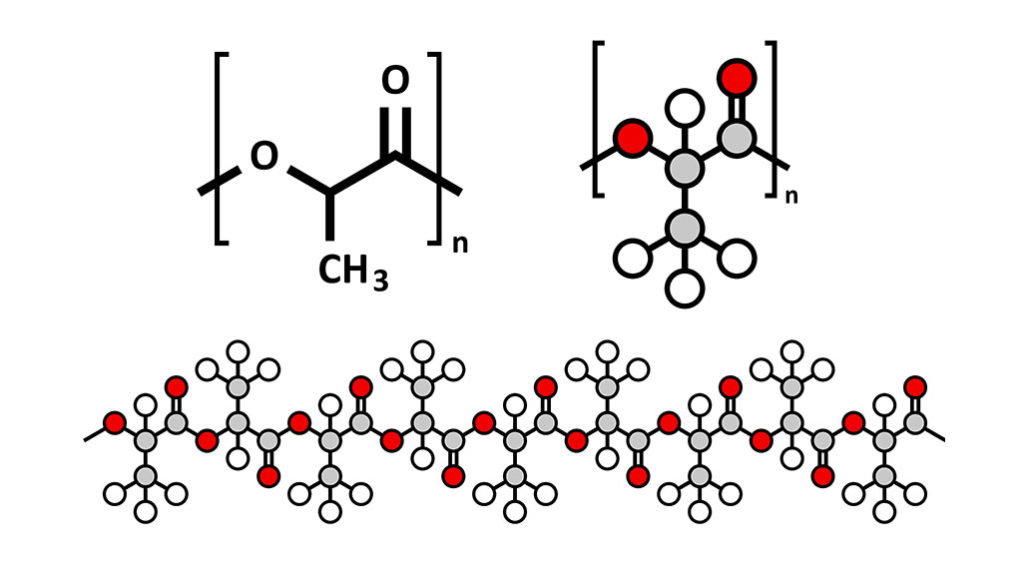Harnessing the Power of Polymers: Recognizing the Substantial Usages and Favorable Influences
Polymers, with their diverse chemical frameworks and homes, have actually come to be essential in various markets, revolutionizing the means we communicate with products each day. From the product packaging that safeguards our food to the fibers that clothe us, the applications of polymers are huge and differed. However beyond their ubiquitous presence lies a much deeper understanding of their favorable effects, reaching far beyond mere convenience. As we discover the considerable usages of polymers and their function fit a more sustainable, effective, and innovative future, it ends up being noticeable that their capacity is as substantial as the molecules themselves.
Flexibility in Everyday Products
One of the most common usages of polymers is in product packaging materials. Additionally, polymers play a crucial duty in the vehicle market, where they are used in making light-weight components that improve gas effectiveness.
Eco-friendly polymers are used in sutures and implants, lowering the risk of negative reactions in clients. In the building and construction industry, polymers are integrated right into paints, adhesives, and insulation products, improving longevity and energy effectiveness.
Sustainability in Product Innovations
With the recurring emphasis on environmental awareness and resource efficiency, the focus moves in the direction of sustainability in material advancements, mirroring a growing commitment to accountable production techniques throughout various markets. In recent times, there has actually been a remarkable surge in the development of sustainable materials, particularly within the realm of polymers. These ingenious products are created to decrease ecological influence throughout their whole lifecycle-- from sourcing resources to disposal or recycling.
One significant aspect of sustainability in material developments is the idea of biodegradability. Biodegradable polymers have gathered interest for their capability to break down naturally into non-toxic byproducts, decreasing waste and pollution. Additionally, using recycled polymers derived from post-consumer or post-industrial resources is obtaining traction as a way of promoting a circular economic situation and lowering reliance on virgin products.

Enhancing Efficiency in Design
Enhancing performance in design calls for a check my source careful combination of advanced modern technologies and precise approaches to optimize functionality and efficiency in various commercial applications. Polymers play an essential role in this undertaking, using a vast array of benefits that boost the efficiency of engineering products and parts.
One secret aspect of you can try this out boosting efficiency in design is the capability of polymers to improve durability and toughness. By integrating polymers into design styles, manufacturers can develop lightweight yet durable frameworks that can stand up to high levels of stress and anxiety and pressure. This characteristic is particularly beneficial in markets such as aerospace, automotive, and construction, where the need for strong yet light-weight materials is paramount.
In addition, polymers can likewise enhance efficiency by offering thermal and chemical resistance, lowering rubbing, and improving electrical conductivity. These residential properties make polymers perfect for a vast array of design applications, including seals, bearings, finishes, and electronic elements. Polymers. By using the distinct buildings of polymers, designers can enhance the efficiency of their designs and produce extra efficient and trustworthy items
Impact on Medical Advancements
Polymers have actually played a vital duty in modern-day clinical improvements, ranging from medication shipment systems to tissue engineering. One of the key areas where polymers have actually made a significant influence is in the advancement of eco-friendly stitches and implants.
In addition, polymer-based materials are significantly being utilized in medical devices such as catheters, stents, and prosthetics due to their biocompatibility and versatility. For circumstances, polymer layers on clinical gadgets can prevent infections and boost total patient results. Additionally, innovations in nanomedicine have enabled using polymer nanoparticles for targeted medication distribution, improving the effectiveness and decreasing negative effects of various medications
Function in Environmental Preservation

Moreover, polymers are utilized in water therapy procedures, assisting in the purification and recycling of water sources. This helps in lowering water pollution and ensuring access to clean water for both human usage and ecological health and wellness. Polymers additionally play a duty in agriculture via the growth of eco-friendly composts and controlled-release plant foods, promoting lasting farming practices.
Conclusion
In final thought, polymers have actually proven to be a flexible and essential product in various markets, from day-to-day products to engineering and clinical innovations. Recognizing the considerable usages of polymers highlights their importance in driving innovation and progression in numerous areas.